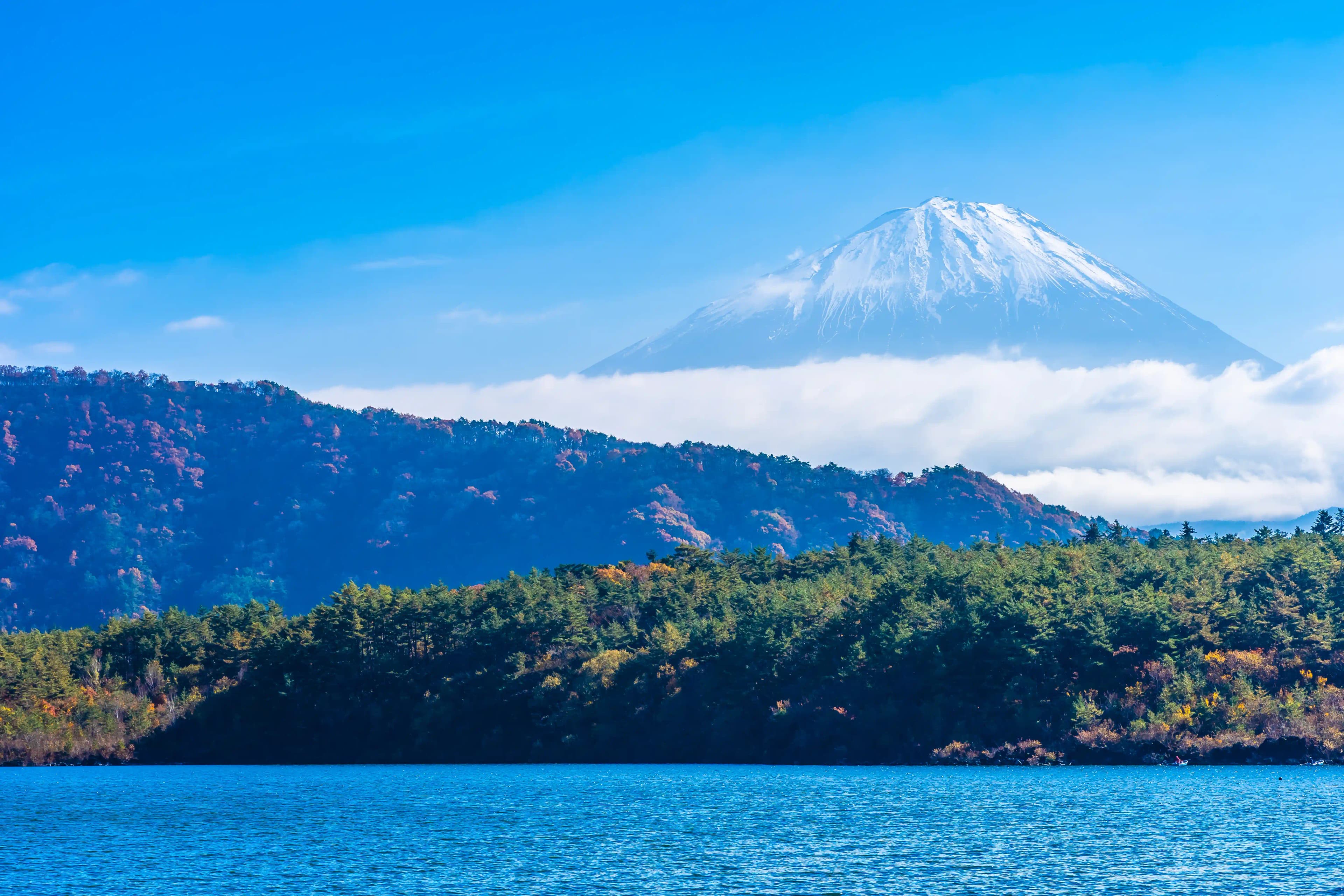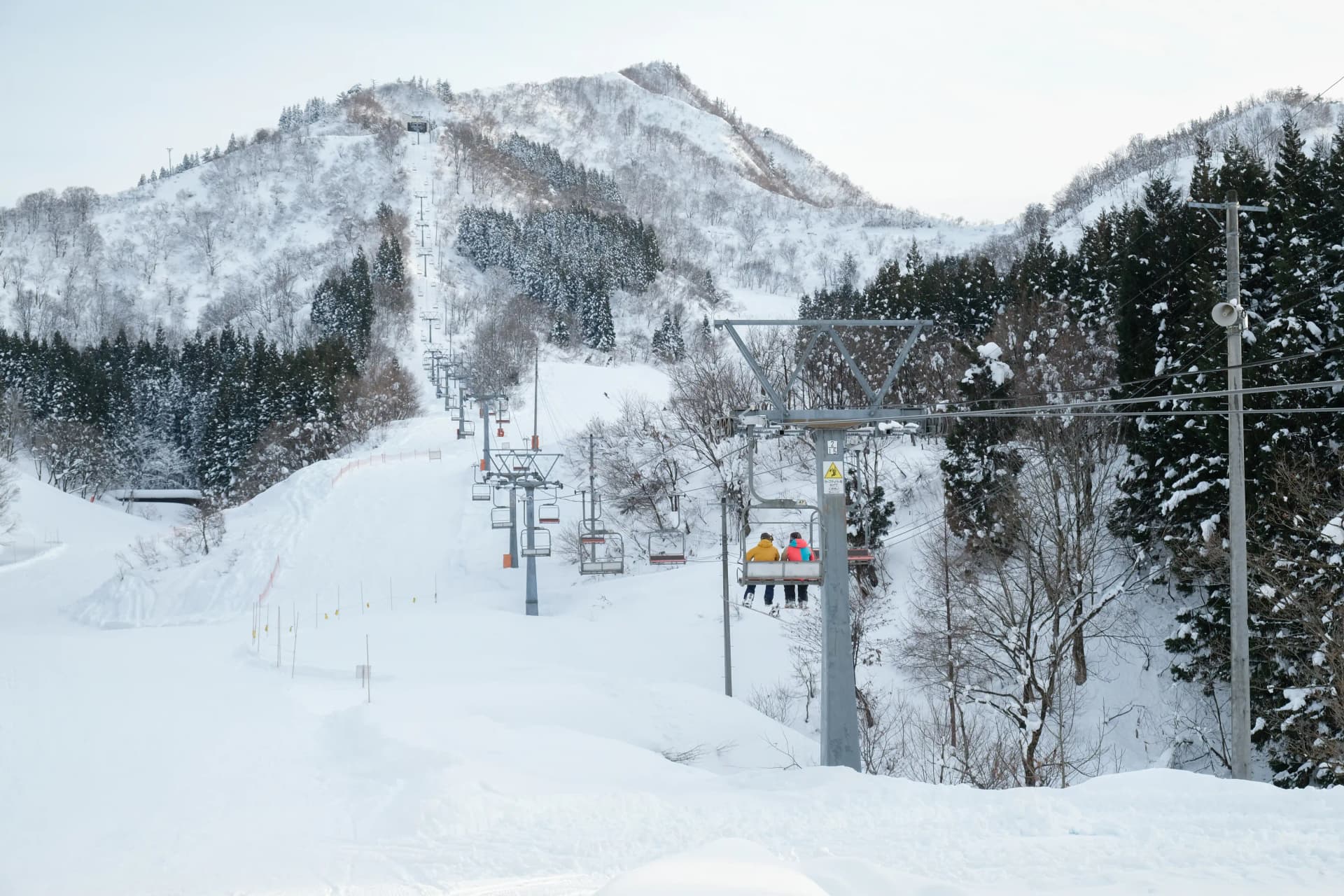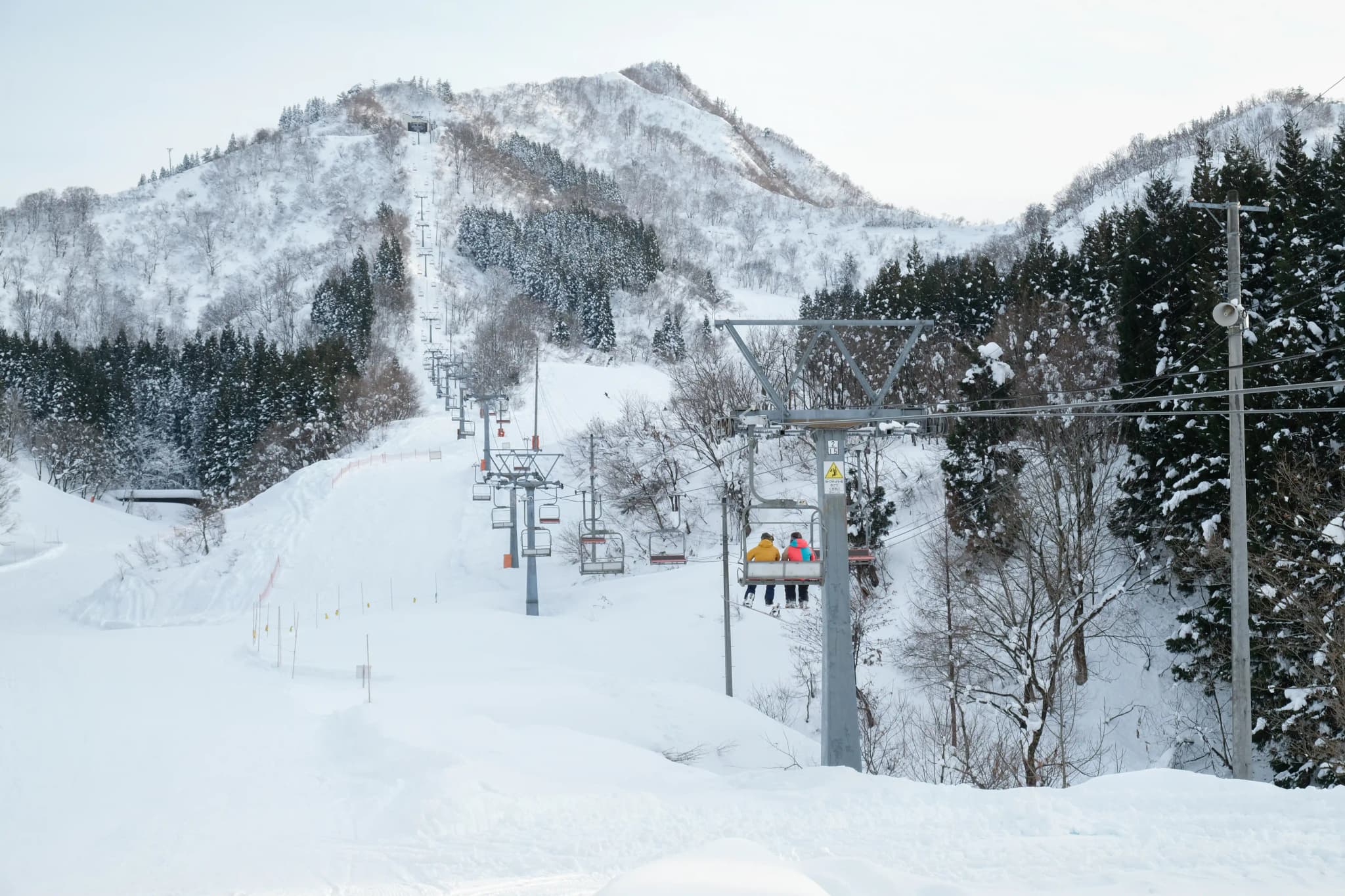
Top 5 Best National Parks in Japan For First-Time Travelers
Japan is a land of breathtaking contrasts—where ancient traditions meet cutting-edge technology, and towering peaks give way to serene coastlines. Among its many natural wonders, Japan’s national parks stand out as treasures of biodiversity, cultural heritage, and outdoor adventure. From snow-capped volcanoes and crystal-clear lakes to pristine forests and rugged coastlines, these parks offer a gateway to some of the country’s most awe-inspiring landscapes.

5 Best National Parks in Japan First-Time Travelers Should Not Miss
Shiretoko National Park
Recognized as a UNESCO World Heritage Site in 2005, Shiretoko National Park lies at the far eastern edge of Hokkaido, extending into the Sea of Okhotsk. Its name means “the edge of the earth”—perfectly captures the park’s remote and unspoiled beauty.
What makes Shiretoko truly unique is its seasonal drift ice, the southernmost in the world. This natural phenomenon plays a crucial role in the ecosystem, delivering nutrient-rich plankton that sustains a diverse array of wildlife, including earless seals, sea eagles, and migratory seabirds.
Visitors can explore this rugged peninsula in multiple ways. A boat cruise along the dramatic coastline offers a chance to spot brown bears foraging near the shore, while hiking trails lead adventurers to breathtaking viewpoints and pristine alpine lakes. Notably, Lakes Kussharo and Mashu, two of Hokkaido’s most picturesque crater lakes, provide stunning reflections of the surrounding volcanic landscapes.

Daisetsuzan National Park
As one of Japan’s largest national parks, Daisetsuzan National Park spans over 2,200 square kilometers in the heart of Hokkaido. Its name, meaning “Great Snowy Mountains,” perfectly captures the essence of this vast, rugged terrain. This park is home to Hokkaido’s tallest peak, Mount Asahi (2,290m), along with deep valleys, alpine meadows, and steaming volcanic craters.
Daisetsuzan is a paradise for outdoor enthusiasts. Summer and autumn bring stunning hiking opportunities, with trails winding through flower-filled highlands and offering breathtaking panoramic views. As the seasons change, Daisetsuzan transforms into one of Japan’s earliest spots for autumn foliage, with vibrant red and gold hues covering the landscape. In winter, the park is a haven for backcountry skiing and snowshoeing, with powder snow covering its vast wilderness.
Wildlife lovers will find Daisetsuzan particularly special, as it’s home to Hokkaido’s brown bears, the elusive Ezo red fox, and the adorable pika, a small mammal that thrives in the alpine environment. For those seeking relaxation, natural onsen (hot springs) like Sounkyo and Asahidake Onsen provide a soothing retreat amidst the mountains.

Setonaikai National Park
Spanning over 9,000 square kilometers across 11 prefectures, Setonaikai National Park is one of Japan’s largest national parks. Stretching from Osaka to Oita, it encompasses the stunning Seto Inland Sea, dotted with hundreds of small islands, rugged coastlines, and picturesque bridges that connect its scenic landscapes.
Whether you're an adventure-seeker or a casual explorer, Setonaikai offers something for everyone. Hikers can take on Mt. Misen, a guided trek that rewards climbers with panoramic views of Hiroshima, Miyajima, and the shimmering Seto Inland Sea.
For a more relaxed adventure, stand-up paddleboarding (SUP) at Kodomari Bay is an excellent way to soak in the tranquil beauty of the area, as its calm waters provide ideal conditions. Cycling enthusiasts will love exploring the Shimanami Kaido, a network of scenic bridges connecting the islands, offering breathtaking coastal views. A stop at Setoda’s lemon groves, Japan’s largest lemon-producing region, adds a refreshing citrus-scented highlight to the journey.

Joshin’etsu Kogen National Park
Spanning Nagano, Niigata, and Gunma Prefectures, Joshin’etsu Kogen National Park is Japan’s fourth-largest national park. Shaped by millennia of volcanic activity and lava flows, the landscape is a breathtaking mix of rugged mountains, lush forests, and steaming hot springs—reminders of the powerful geological forces that formed this region.
For outdoor enthusiasts, the park offers diverse hiking trails, rock climbing routes, and in winter, some of Japan’s best skiing and snowboarding at Shiga Kogen, a premier highland resort known for its powder snow.
One of the park’s most famous attractions is Jigokudani Snow Monkey Park, where visitors can observe wild Japanese macaques soaking in natural hot springs. Set in a secluded valley along the Yokoyu River, this tranquil spot offers a rare glimpse into the unique behaviors of these charismatic primates, especially during the snowy months.

Fuji-Hakone-Izu National Park
Few landscapes are as iconic as Mt. Fuji, Japan’s tallest peak and a symbol of the nation’s cultural and spiritual heritage. Recognized as a UNESCO World Cultural Heritage Site in 2013, this majestic volcano sits at the northern edge of Fuji-Hakone-Izu National Park, a vast region shaped by powerful geological forces where tectonic plates converge, creating volcanic landscapes, hot springs, and dramatic coastlines.
The park is divided into four distinct regions, each offering unique natural wonders:
- Mt. Fuji Region: Encompassing Fuji’s foothills, crater lakes, and plateaus, this area is a haven for hikers, photographers, and those drawn to the mountain’s sacred beauty.
- Hakone Region: A renowned onsen (hot spring) destination, Hakone has been a retreat for centuries, offering breathtaking views of Fuji, scenic lake cruises, and historic ryokan stays.
- Izu Peninsula: Home to the Amagi Mountain Range and rugged coastlines, this area boasts dramatic cliffs, lush forests, and some of Japan’s best diving spots.
- Izu Islands: A chain of volcanic islands, some still geologically active, featuring black sand beaches, lush subtropical forests, and unique wildlife.

Conclusion
Japan’s national parks are more than just scenic landscapes—they are living, breathing testaments to the country’s deep connection with nature. From the rugged wilderness of Shiretoko to the volcanic wonders of Fuji-Hakone-Izu, each park tells a unique story of geological marvels, rich ecosystems, and cultural heritage.
So pack your hiking boots, bring your camera, and set off on a journey into Japan’s wild heart. No matter the season or region, these national parks promise unforgettable moments in nature—and perhaps, a deeper appreciation for the delicate balance between humans and the environment.
Articles for you

Top 4 Ski Resorts Near Tokyo for Small Group Tours
Dreaming of powdery slopes and breathtaking winter landscapes without traveling too far from Tokyo? Whether you're a seasoned skier or a first-time snowboarder looking for a fun-filled snow adventure, Japan offers some of the best ski resorts within just a few hours of the capital.
From the Olympic-level terrain of Hakuba Valley to the family-friendly slopes of Gala Yuzawa, these resorts provide world-class snow conditions, thrilling ski runs, and unique experiences that are suitable for small group tours. Let's take a look at the top 4 ski resorts near Tokyo, each offering a distinct winter experience—from the legendary Dragondola ride in Naeba to the scenic alpine retreat of Karuizawa. Get ready to hit the slopes and make unforgettable memories in Japan’s snow paradise!

Japan’s 5 Most Stunning Mountain Peaks Beyon The Fuji
Japan’s landscapes are defined by towering peaks, each with its own unique story. Of course, no discussion of Japan’s mountains is complete without Mount Fuji—the nation’s most iconic peak. Standing at 3,776 meters, this near-perfect volcanic cone is a UNESCO World Heritage Site and a symbol of Japanese culture, art, and spirituality. Every year, thousands of climbers ascend to its summit for a once-in-a-lifetime sunrise above the clouds, while others admire its grandeur from afar, whether reflected in Lake Kawaguchi or framed by cherry blossoms in spring.
Beyond Mount Fuji, Japan boasts countless awe-inspiring mountains, each with its own distinct charm. From the sacred peaks of Dewa Sanzan to the volcanic landscapes of Mount Aso, here are five of the country’s most stunning mountains beside Mount Fuji that deserve a spot on your travel list.

5 Breathtaking Hiking Trails Near Tokyo You Can’t Miss
Japan’s diverse landscapes offer some of the most scenic and rewarding hikes in the world. Whether you’re looking for a peaceful forest walk, a cultural trek past ancient shrines, or a challenging hike with stunning Mount Fuji views, there’s a trail for every adventurer. From the iconic peaks of Tokyo’s outskirts to hidden gems in Kanagawa and Ibaraki, these trails blend nature, history, and breathtaking panoramas into one unforgettable experience. Going through the 5 great hiking trails, each with its unique charm and various difficulties suitable for both casual explorers and seasoned hikers, these journeys promise stunning views, fresh air, and a deep appreciation for Japan’s natural beauty. Ready to lace up your hiking boots? Let’s hit the trails!

Off-Season Travel in Japan: 4 Must-Visit Destinations
Japan is a country of ever-changing landscapes, rich traditions, and stunning natural beauty and most travelers only experience it during cherry blossom season or peak winter months. What if you could uncover a different side of Japan, one that offers fewer crowds, better prices, and equally breathtaking experiences?
Explore Japan off-season and discover hidden gems, vibrant local festivals, and landscapes transformed by the seasons. Pack your back and travel through four must-visit regions in Japan and the best experiences to enjoy when the crowds have thinned.




